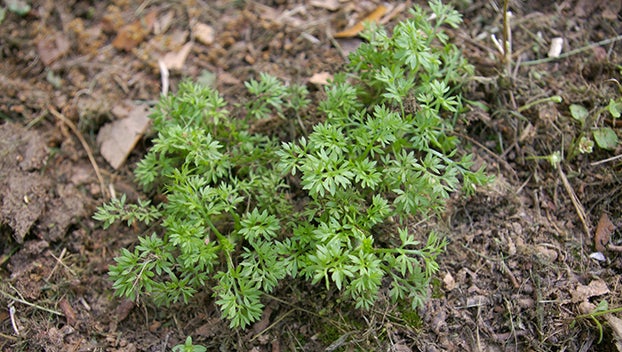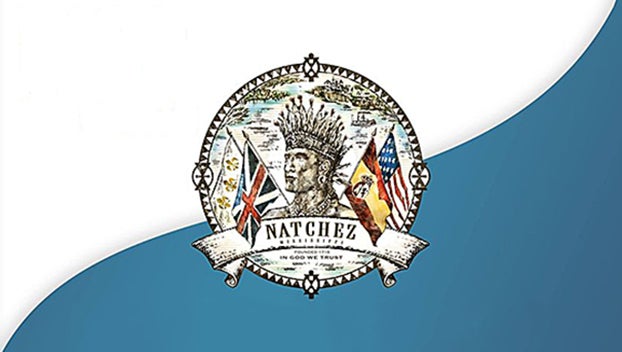Stop stickerweed before it is too late
Published 1:04 pm Friday, October 21, 2022

- Stickers, also known as stickerweed, spurweed and burweed, germinate in lawns in the fall and produce painful stickers in the spring. Photo by Ron Strahan/LSU AgCenter
|
Getting your Trinity Audio player ready...
|
LSU AgCenter Horticulturist
Nothing spoils a nice barefooted walk through the lawn more than stickerweed. Also known as spurweed, stickers or burweed, seeds germinate in the fall and winter months in lawns, particularly where the turf is thin or patchy.
When lawns go dormant in the winter, weed problems become evident. Green growth in a brown lawn is a major clue that your lawn is in need of weed control. Good lawn weed control starts in the winter. However, the best control starts now — in October and November. Fall and winter are a good time to apply herbicides in warm-season turfgrasses because they are going dormant and because the lower temperatures decrease turfgrass sensitivity to herbicide damage.
For lawns plagued with stickers, the recommended practice is to make an application of both pre-emergent herbicides in the fall followed by a post-emergent herbicide in the winter. Pre-emergent herbicides prevent seeds from germinating, and post-emergent herbicides kill actively growing weeds.
In addition to controlling spurweed, these herbicide applications will help control other annual winter weeds such as annual bluegrass, white clover, chickweed and bedstraw.
When spurweed is a problem in your lawn, fall is the best time to utilize pre-emergent herbicides such as atrazine or simazine to prevent seeds from germinating in turfgrass lawns including Bermuda, St. Augustine and Centipede.
Spurweed is a winter annual weed that germinates in the fall and actively grows throughout the winter. It remains small, growing low to the soil surface. It usually goes unnoticed until the plant is fully mature. Leaves have a distinctive parsley-like shape.
The plant blooms in early spring, producing tiny white flowers. As the temperatures increase in the spring, the pollinated flowers set fruit and then bare the seed that contain tiny spines that, when dried, become very sharp. These notorious sticker seeds are a painful reminder of their existence if you have ever had the great misfortune on stepping on one barefoot.
If you miss your opportunity to treat your lawn this fall, the next best time to treat is in the winter and early spring from December to early March. Spray with a post-emergent herbicide with 2,4-D, dicamba and mecoprop as active ingredients. You must kill the weeds before they set seeds — the painful part of the plant.
Ron Strahan, AgCenter turfgrass weed specialist, says weed control with these herbicides can be improved with follow-up applications two weeks after the initial application. He also says to avoid weed-and-feed products until the lawn greens up. They’re typically high in nitrogen fertilizer, which, when applied to lawns in late winter, can cause grass to begin growing early, leading to frost injury and brown patch disease susceptibility.
As with all chemicals, be sure to read the label to find out what the chemical is supposed to do and how to use it properly.
To greatly reduce the occurrence of this weed, the key is to get in front of spurweed before it goes to seed. Make your herbicide applications early enough to prevent weeds from going to seed, and you can spare yourself the pain of stickers.
By controlling weeds early, you give your lawn a jumpstart in the spring. It’s much easier to control small, immature weeds versus larger, mature weeds.





